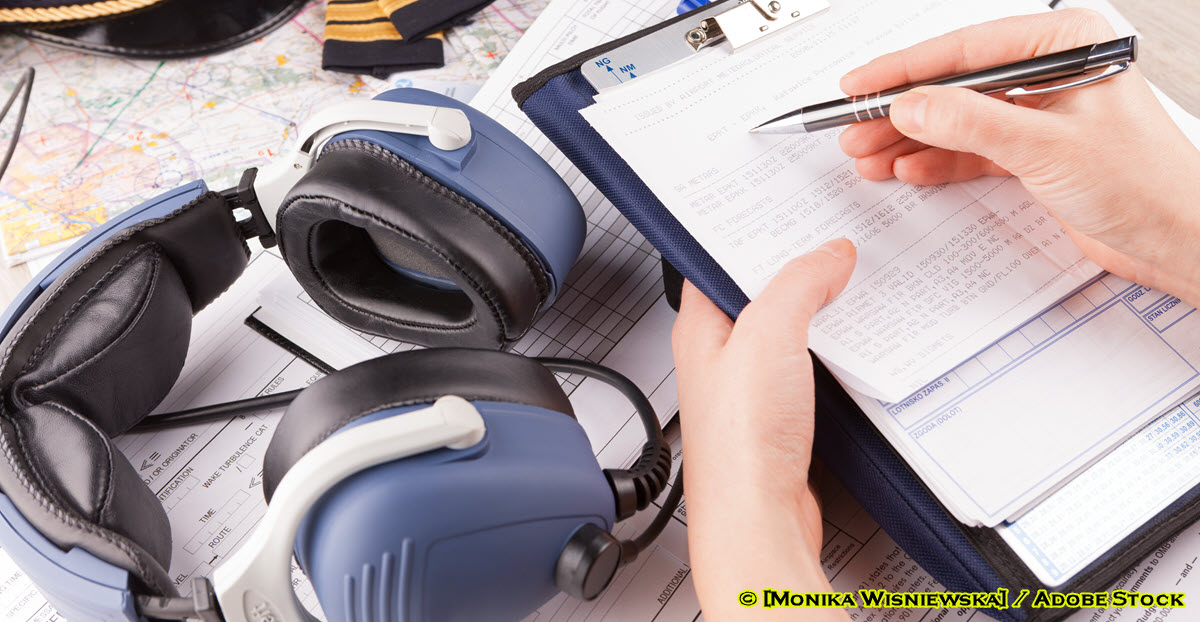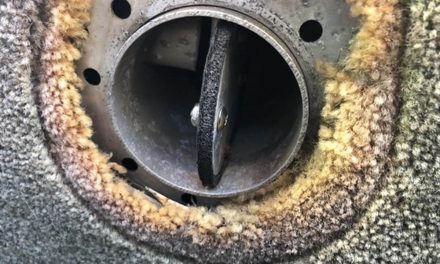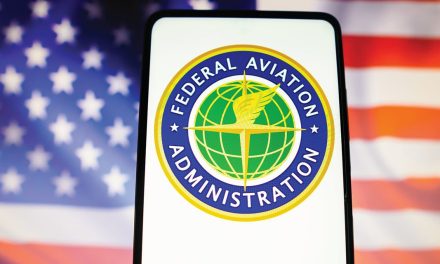What to Know BEFORE You Go
Sponsored by AirMart, Inc. – www.AirMart.com
Owners: It’s Okay to Get Your Hands Dirty!
Have you recently purchased your first aircraft? If so, you’ve probably already spent quite a few evenings cleaning and polishing your new bird so that you can proudly show it off to your friends—and rightly so! However, I’ll bet you’ve also discovered that there’s a rather large learning curve that comes with aircraft ownership.
As an A&P, I’ve dealt with many different types of owners, but the ones I enjoy dealing with most are those who have a strong interest in learning about their planes and those who want to understand how all the systems work. Sure, sometimes they drive me crazy with all their questions, but that’s ok. I relate well with these pilots and enjoy sharing my experience with them.
I believe the best way for an owner to really learn his plane is to get his hands dirty, and those who understand their planes the most are the ones who do a lot of maintenance themselves. If you’re a new pilot, you may not be aware that the FAA actually allows you to do maintenance on your own plane. Of course, you can’t do everything, but you’ll be surprised at just how much you can do yourself and what some of the FAA-allowed items are.
FAR 43.3 tells us who is authorized to perform maintenance on an airplane. Paragraph (g) states, “… the holder of a pilot certificate issued under part 61 may perform preventive maintenance on any aircraft owned or operated by that pilot who is not used… (for commercial uses).” So, as the FAR states, if you own your own plane, it’s not used for commercial purposes, and you have at least a private pilot’s license, you can do “preventive maintenance” on your plane. Keep in mind, this does not mean you can run around the airport doing oil changes on all your friends’ airplanes. It’s very clear in the FARs that the owner/operator can do preventive maintenance ONLY on his own airplane.
So, what IS allowed? Of course, the FAA isn’t just going to leave it up to us ordinary people to decide what is and isn’t preventive maintenance. I mean, isn’t changing an engine before it fails preventive maintenance? Well, no; it’s not. The FAA has made us a list of the items they call “preventive maintenance” and it can be found in FAR 43 appendix A. However, you may be quite surprised to find out just what’s on the list. Sure it includes items you’d expect, like oil changes, removing cowling and fairings, and replacing light bulbs. However, it also includes cleaning and gapping spark plugs, changing tires, greasing wheel bearings, replacing safety belts, trouble shooting and repairing landing light wiring circuits, and many more items. I highly recommend you pull out your FAR AIM and read FAR 43 appendix A paragraph (c).
If you decide to take the plunge and do some of your own maintenance, here are several things to keep in mind:
You must have the maintenance manual for your plane. You should also have a copy of AC43.13 A and B.
FAR 43.13(a) states that anyone performing maintenance on an airplane must use methods, techniques, and practices prescribed in the current manufacturer’s maintenance manual or other approved references. The manufacturer’s manual generally tells you what must be done, and sometimes it will give the approved method to accomplish the task. However, many manuals lack detail and really don’t give you step-by-step procedures. This is especially true for older aircraft. This is where AC43.13 comes in. AC43.13 is a general reference from the FAA that spells out standard practices and procedures.
It is a known fact that FAA inspectors wander around airports in the evenings and on weekends looking for people working on their planes. If one walks into your hangar while you’re changing a tire, he will expect to see the technical references you’re using to find wheel torques, tire pressures, axle nut torques, etc. Manuals: Don’t get caught without them!
You need to know what you’re doing.
Working on an airplane is very different from working on your car. Sure, the required mechanical aptitudes and many of the principles are the same, but many important details can be different. For example, nuts and bolts must be torqued to specific values; many items are secured with safety wire; approved parts must be used; oil filters must be cut open and inspected; etc.; etc.
If you’re new to working on airplanes, you really should have a mentor to help you get started. This should be someone who is familiar with the principals of aircraft maintenance, preferably an A&P. Some A&Ps in smaller shops are willing to let an owner assist with annuals and other routine maintenance. This is an excellent way for a beginner to learn the basics, but don’t forget, an A&P makes his living by billing for his time. If your local A&P agrees to spend some of his precious time to “show you the ropes,” it’s a real slap in the face if you then take your plane to another shop for the big items like annuals and upgrades. Also, most airports have a pilot community. These are the guys who are out there on weekends and evenings working on their planes, telling each other stories, watching the students bounce down the runway, and even, occasionally, flying their planes. Most of these pilot communities will have members who are A&Ps as well. If you introduce yourself and start hanging out in their hangars, you’ll learn a tremendous amount. Pretty soon, you’ll find them coming over to your hangar and helping you too!
You MUST make a log book entry for any work you do on your airplane.
If maintenance of any kind is done on an airplane, it must be “returned to service” before it can be flown. FAR 43.5 and 43.9 state that to return a plane to service, there must be a maintenance log entry. Making a log entry really isn’t that big of a deal. It just has to include each of the following:
- a description of work
- a completion date
- your signature
- a certificate number and the kind of certificate.
If you don’t make the log book entries, you’re not only risking a violation, but you could be hurting the resale value of your plane as well. Remember, someday you might want to sell the plane. When that day comes, the buyer will want to see that the plane received oil changes and other preventive maintenance on a regular basis.
I believe your airplane ownership experience will be much more pleasant if you’re a pilot who gets actively involved with the nitty-gritty details of his plane. When dealing with the A&P on annuals and larger maintenance tasks, you’ll have a better understanding of what he’s telling you and the issues he may uncover. I find that many pilots who’ve never even removed their cowlings get very frustrated during the annual inspection. They’re not sure if the A&P is being honest with them and they feel they’re not “in control” of the situation. Once you’ve gotten your hands dirty, you’ll relate better with the A&P.
The benefits of performing simple maintenance on your own aircraft are many: You’ll feel more comfortable flying your plane; you’ll have a better relationship with your A&P; and, you’ll become part of the local pilot community. Plus, you may even save a nickel or two!
NOTE: FAA references to read before a pilot performs preventive maintenance:
- FAR 43 appendix A
- FAR 43.13
- FAR 43.3
- FAR 43.5
- FAR 43.9





